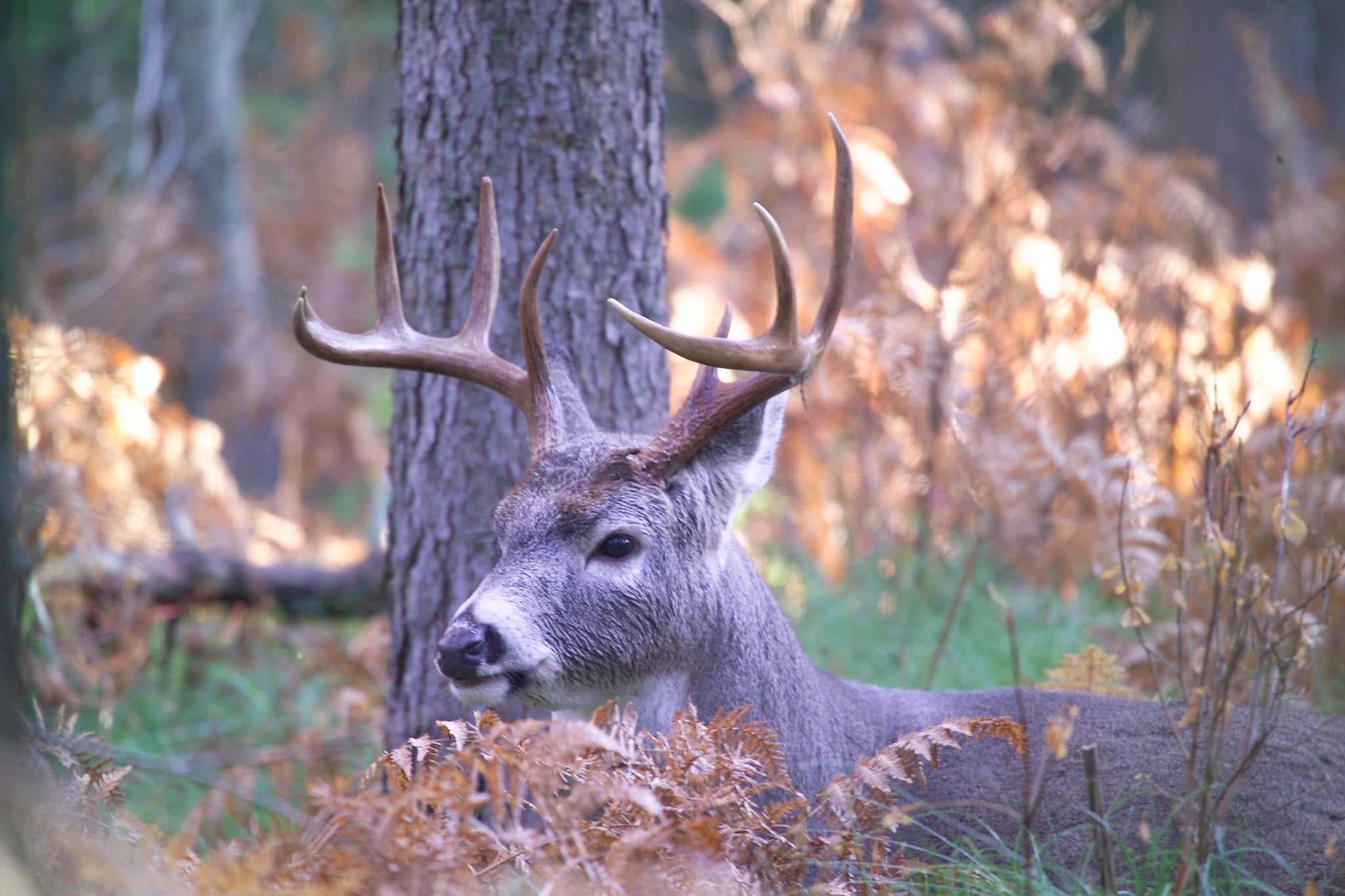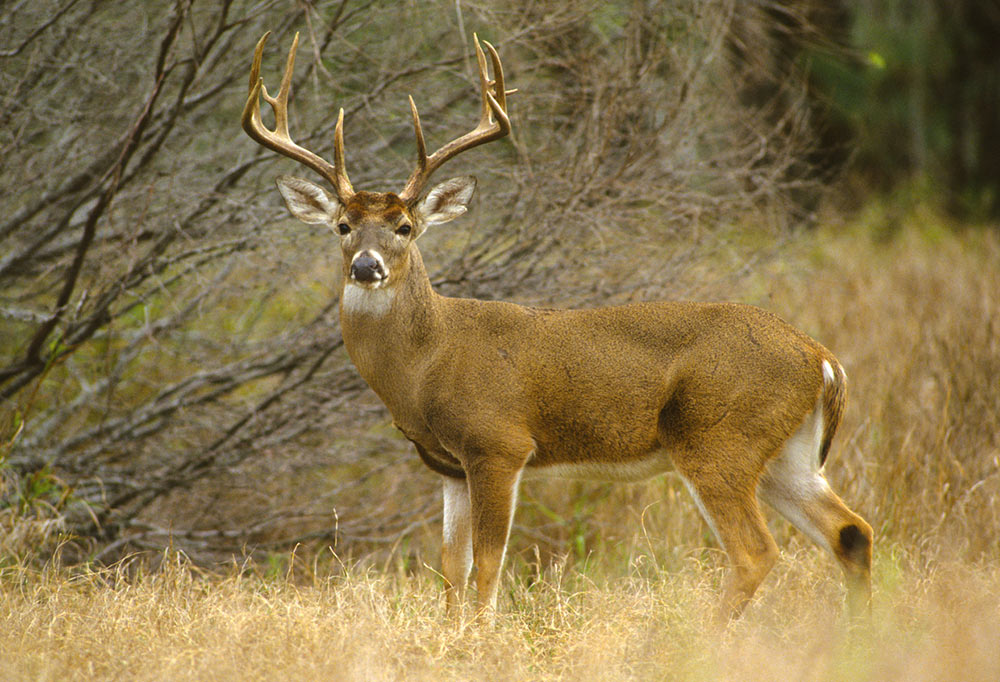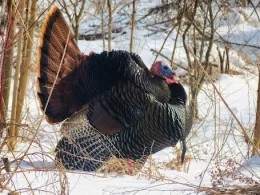I regularly joke about hunters becoming “mini biologists,” but it is true. If you want to be successful in harvesting game, you have to learn their biology. Deer behavior and movement are tied to environmental elements. These elements shape their daily routines and habitat preferences.
Deer, for the most part, are either moving to food or going to bed. Learning the games patterns allows you to hunt better locations with the best possibility of success. Hunters use all this information to place blinds or stands accurately. Several key factors play roles in determining how and where deer move within their surroundings.
Understanding Deer Patterns
Deer patterns refer to the predictable behaviors and movements of deer within their habitats. Learning these patterns can be a significant benefit for hunters. It offers insights into the daily routines and frequented areas. Understanding deer patterns involves recognizing their movement periods, preferred feeding times, bedding areas, and the environmental factors that may influence their behavior. By depicting these patterns, hunters can anticipate where deer are likely to be found at specific times, aiding in better hunting strategies and, ultimately, harvest.
Factors Shaping Deer Behavior and Movement
Food Sources can significantly impact deer behavior. Understanding the availability and accessibility of seasonal vegetation in your area helps predict where deer will concentrate during different times of the year. Deer are herbivores, and their movements often revolve around seeking preferred vegetation. You may have heard old timers say, “Waitin’ on the acorns to drop.” Meaning they are waiting to hunt over acorn trees once they drop. Deer prefer white oaks which drop earlier and then will turn to red oaks. This is also why hunters have success with planting food plots and providing feeders.
Water sources also serve as vital components of a deer’s habitat. Deer need regular access to water for hydration. Knowledge of water locations helps in identifying potential areas frequented by deer.
Deer are always on alert. Deer seek shelter and security in areas providing adequate cover for bedding. Thick vegetation and wooded areas serve as preferred spots for deer to rest, hide, and seek protection from predators. Identifying these bedding locations aids in understanding their patterns of movement to and from food to bed.
Weather conditions greatly influence deer behavior. Factors such as temperature and rain/snow impact their movements. Deer might alter their patterns in response to weather changes, seeking shelter during inclement conditions or becoming more active during favorable weather.
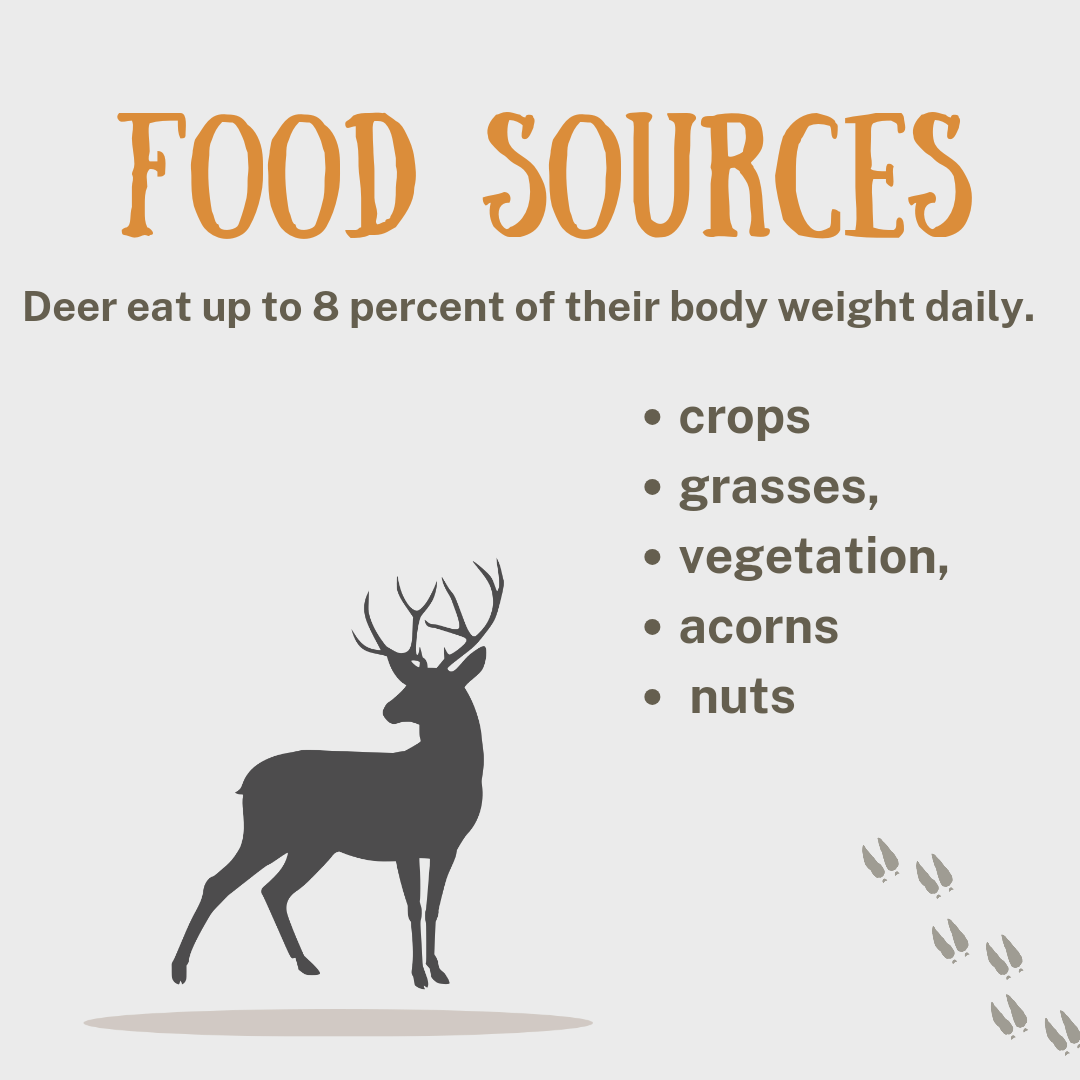
Techniques for Patterning Whitetail Deer
When it comes to understanding the movements of deer, there are various methods hunters take. Using effective scouting methods becomes paramount for hunters, and some go to great lengths to learn their local herds. These techniques serve as windows into the daily lives of deer, allowing us to uncover their daily habits.
In modern times, trail cameras have made their mark as an invaluable tool. Trail cameras capture candid moments of deer behavior. They are placed strategically in locations; these cameras provide a visual diary of deer movements. In turn, this aids in understanding their daily patterns and behaviors.
Sign Interpretation Tracks, Rubs, Scrapes
Wildlife leave signs behind as they live out their lives. I see it as almost an art to interpret signs left by animals. Deer leave tracks, rubs on trees, or scrapes on the forest floor or tree lines, all offer crucial insights into deer activity. Deer have two hoofed toes that are symmetrical in shape. You can often find them on game trails, which are trails made by the frequent travel of animals. Rubs occur when deer rubs their antlers or foreheads against a tree trunk. Lastly, scrapes are areas where bucks have scraped their hooves on the ground, creating a bare spot of dirt. Here, they leave scent produced by glands. Later, does will frequent the area and urinate on the bare spot. This is used as a form of communication between the deer. Learning to locate and read these signs will help you understand where the deer are.
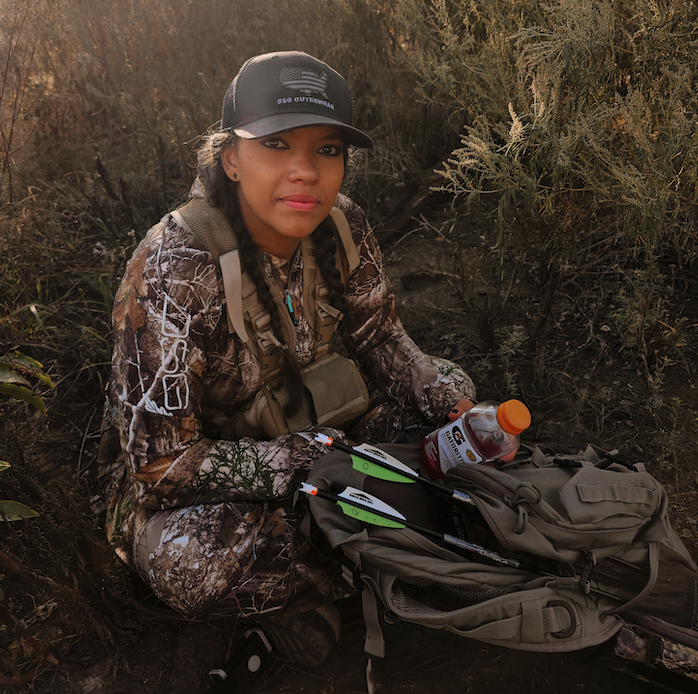
Decoding Deer Behavior
Now that you have gathered all the information, it is time to analyze the data. Putting it all together creates the deer’s pattern. Identifying the travel routes and feeding areas will allow you to find choke points. Choke points are specific areas where a transition occurs. This is where the deer are either traveling to feed or to bed. Work the terrain to find hunting spots to better your odds. As the seasons change, so does the deer behavior. It may be more predictable at times, and at other times, like during rut, it becomes unpredictable. The rut is the mating period; bucks will be much more active and even travel longer distances looking for a doe in heat. In general, deer are most active at dawn, dusk, and at night. As the weather cools, the active times during the daylight hours increase.
Tools and Technology for Patterning Deer
Utilizing advanced tools and technology has revolutionized the process of patterning deer behavior, providing hunters with unprecedented insights and predictive capabilities. I mentioned trail cameras earlier, but they are probably the most known and used technology tool. Position these cameras along any of the signs we discussed above, preferably close to the choke point you have selected to place your hunting blind or stand. From trail cameras, you get real-life images of the preferred travel routes, feeding times, times of movement, and an idea of the herd in the area.
The growth in technology applications is the use of GPS and mapping tools like onXmaps. Using onXhunt hunters can mark game sightings, hunting stands, trail cameras, game trails and more. This provides not only the coordinates but also a bird’s eye view of the area, helping you develop strategies. Next is the use of weather apps like Deercast or the wind calendar on onXhunt, that help hunters monitor and predict weather conditions. Wind direction, temperature changes, rain/snow, and even barometric pressure can be observed to allow hunters to predict activity for better harvest chances.
Technology’s integration into deer patterning not only simplifies data collection but also enhances the depth and accuracy of analysis. By leveraging trail cameras for comprehensive insights and incorporating tools like GPS, mapping software, and weather apps, hunters and wildlife enthusiasts gain a tactical advantage.
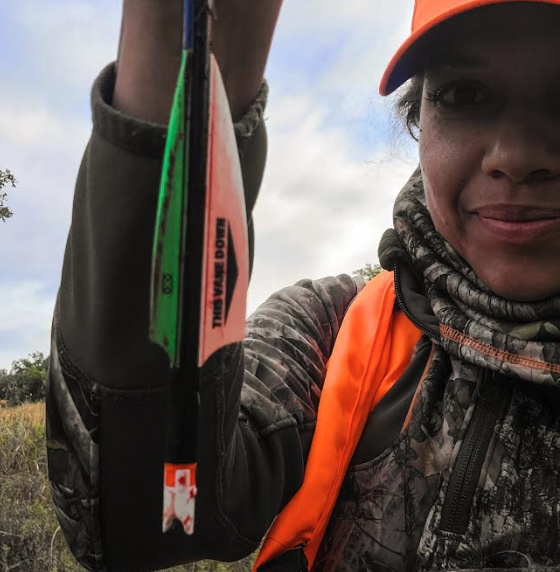
Ethical Considerations and Conservation
It is important to encourage ethical hunting practices. The use of the knowledge collected for patterning should promote responsible deer management. This is how hunters play into conservation efforts. They are the “boots on the ground.” Wildlife biologists and conservation agencies do a good job, but they cannot be everywhere. It is up to hunters to help manage herds in their areas. Currently, Oklahoma’s slogan developed by the Oklahoma’s Wildlife Department of Conservation is “those in the know take a doe.”
This is an effort to promote doe harvest to help balance out the state deer population. Balancing the herds helps to preserve the overall wildlife population. Because of ethical guidelines, some states have restrictions or placed partial bans on the use of trail cameras. This has been done because of concerts of the impact on wildlife because of the disruption of natural animal behavior and over harvesting.
By comprehending these factors and how they interplay, individuals can gain a deeper insight into deer behavior, enhancing their ability to predict movement patterns and make informed decisions when observing or hunting deer. However, even when employing these techniques and analyzing the patterns, hunters still rely on luck; nothing is ever a guarantee.

